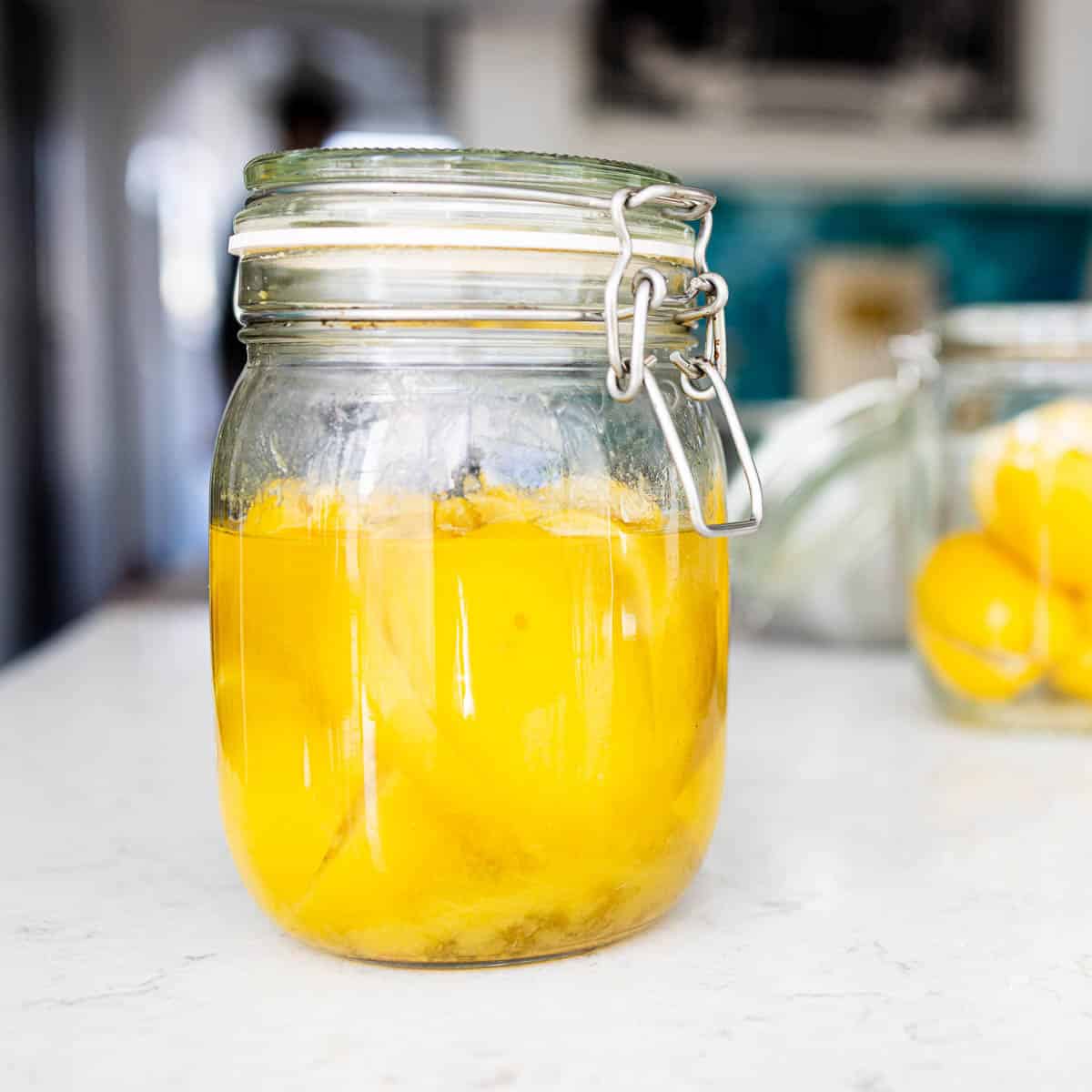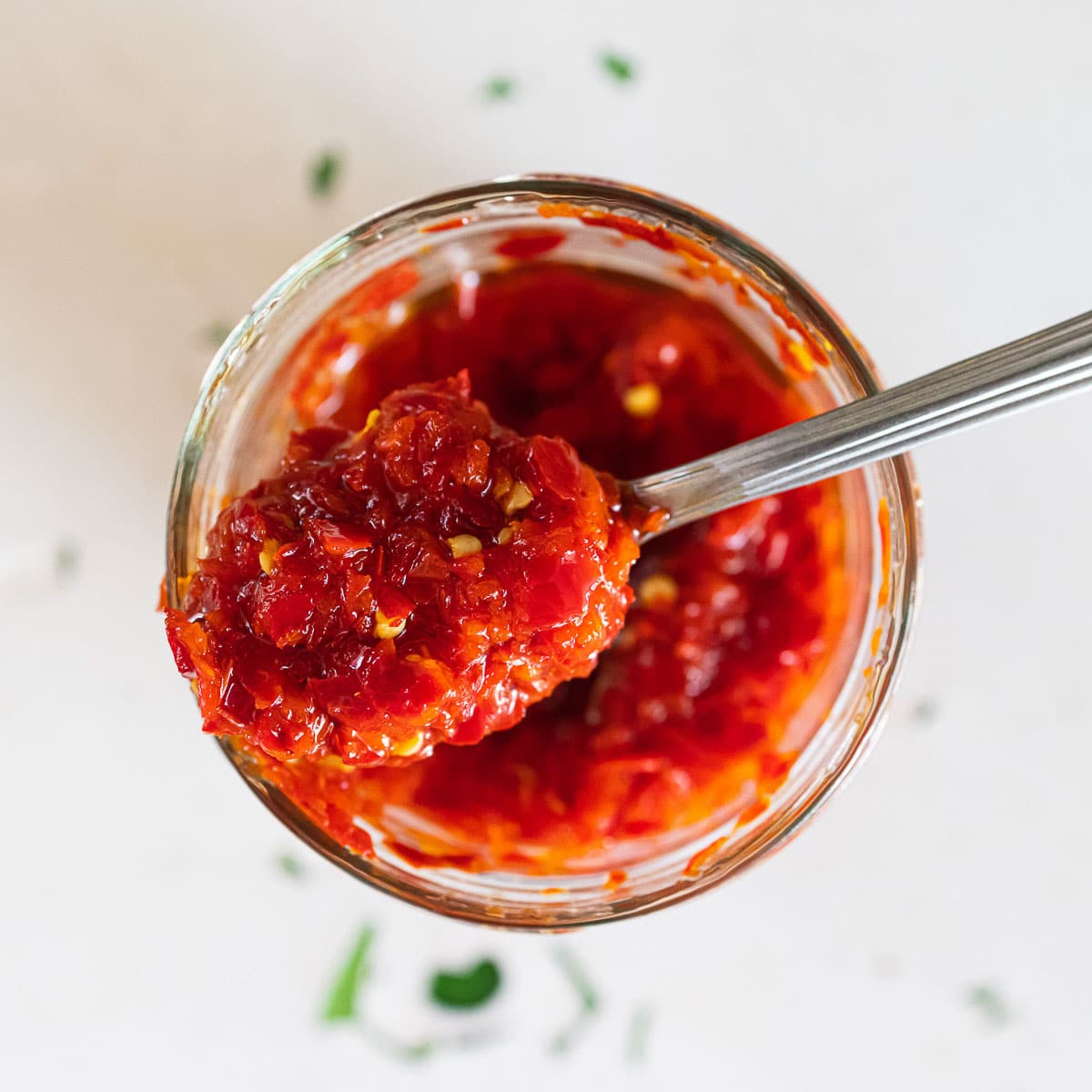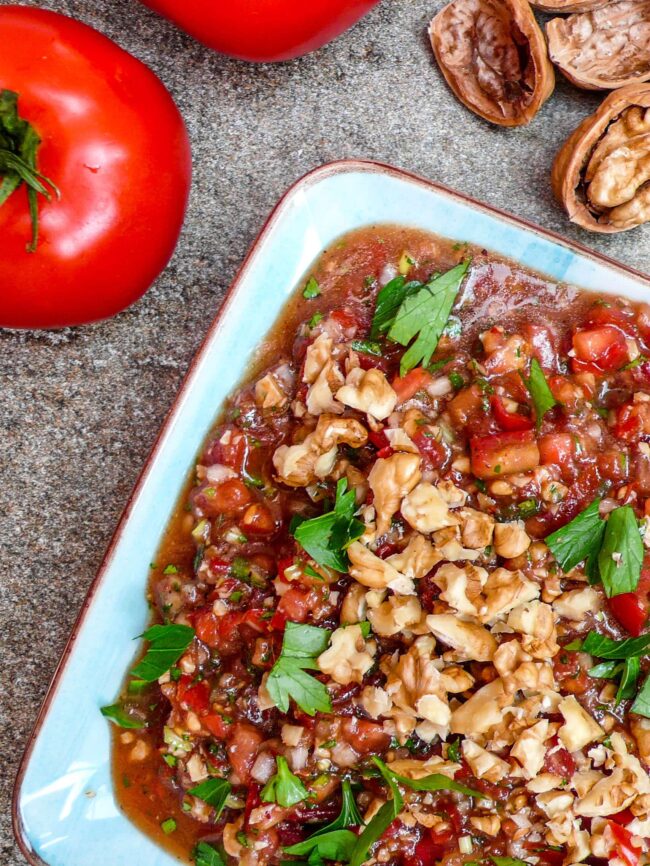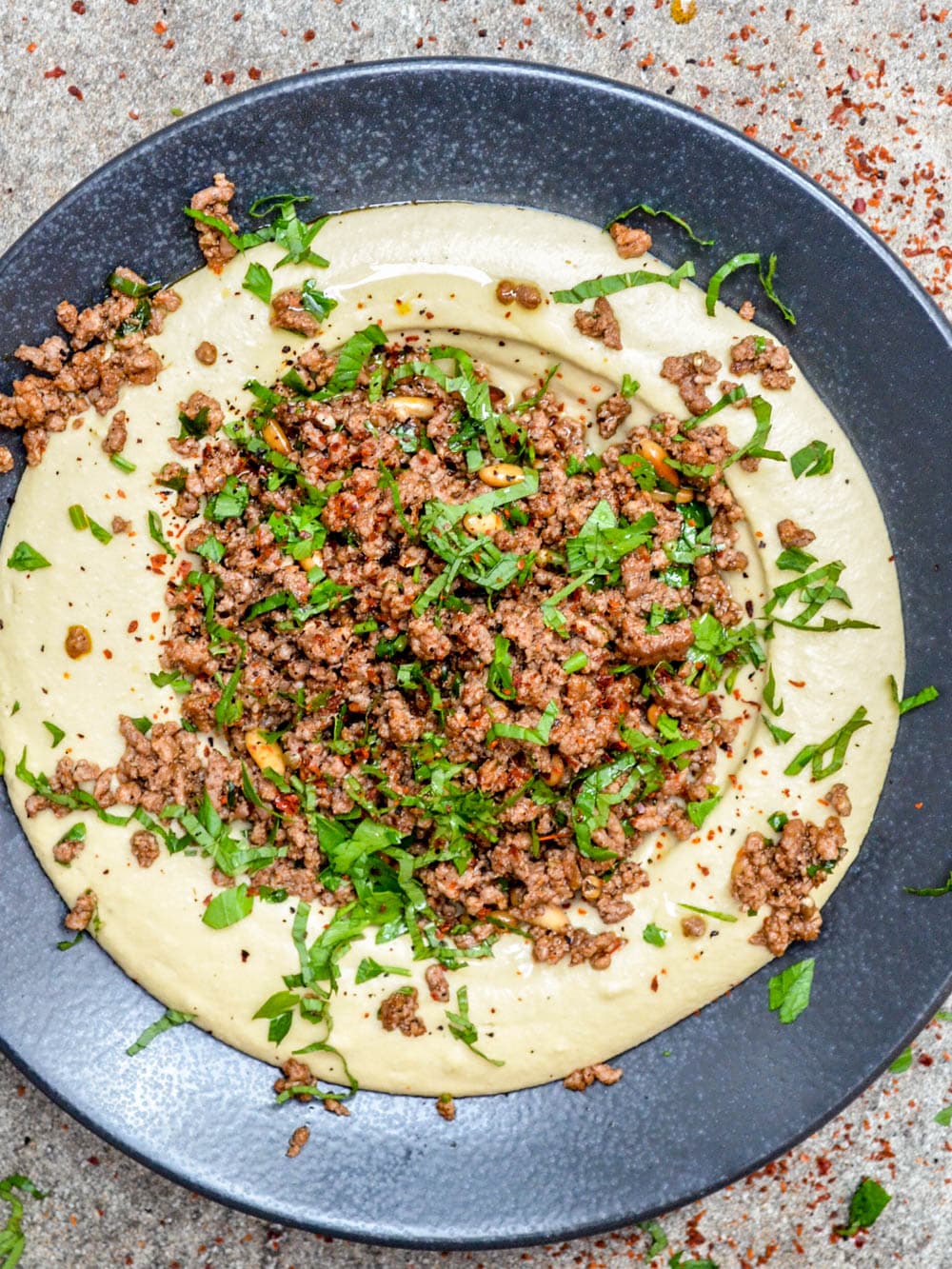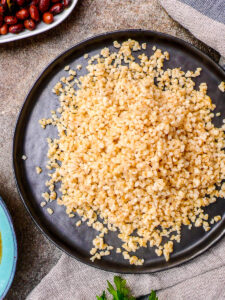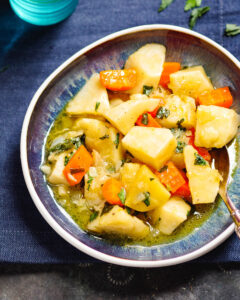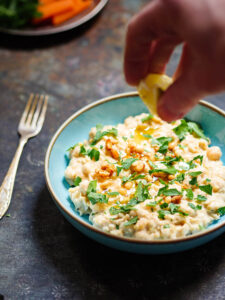Preserved lemons are lemons that have been preserved in a salt and lemon juice brine. It’s got an intensely lemony flavour and adds a wonderful depth of flavour to stews, salad dressings and more. You can buy them or make them easily at home. Here’s how to make homemade preserved lemons!
Where are preserved lemons from?
The concept of preserving and pickling is widespread. It’s a brilliant way to preserve the bounty of each harvest throughout the year.
It should therefore come as no surprise that preserved lemons are common in several food cultures.
Today, it’s most commonly associated with Moroccan cuisine as well as new dishes with a Middle Eastern or North African inspiration.
Preserved lemons are also very common in South Asian cuisines. Presumably as a result of the colonisation of India, they were also common in 19th century England. They used it for sauces, for example to go with veal or salmon.
What are preserved lemons?
Preserved lemons are lemons that have been pickled in a lemon salt brine. Most cuisines favour smaller lemons for this use.
The fermentation process can take anything from a couple of weeks to several months. The lemons can be pickled whole, halved, sliced or otherwise cut. Each style yields a slightly different result.
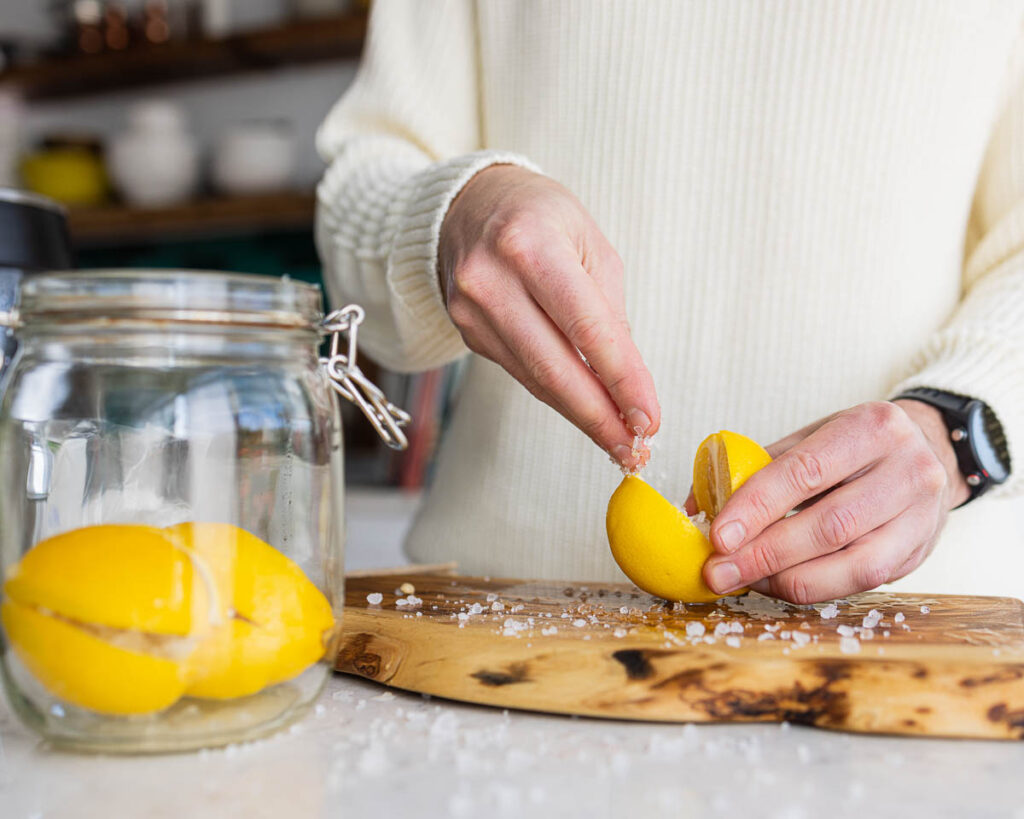
What does a preserved lemon taste like?
Preserved lemon has an intensely lemony, slightly tart and salty taste. The peel is most prized and adds a lot more depth of flavour than using fresh lemon zest or lemon juice.
There are even scientific reasons for why preserved lemons are more delicious than fresh ones!
The flesh can also be used, but tends to be intensely salty and sour. It should therefore be used with care. I personally rarely use it.
Because they are very salty and have a different flavour profile, preserved lemons are not a direct substitute for lemons. That said, you can achieve a decent substitute in 10 minutes by following the method below.
Which lemons to use for preserving at home
Traditionally, very small lemons are used for pickling. These can be difficult to get hold of. Luckily, regular lemons work well for making homemade preserved lemons too.
But make sure to use lemons that are juicy and unwaxed.
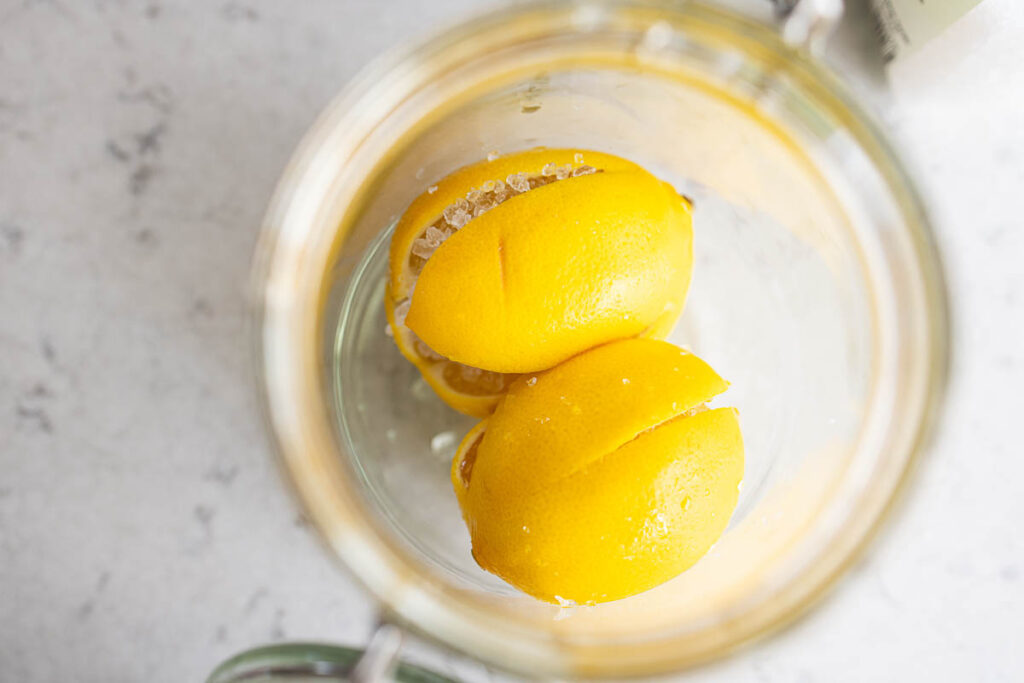
Using unwaxed lemons is important, as otherwise the wax will mingle with your pickles. Further, you’ll primarily be using the peel once ready.
Organic lemons are usually wax free. You can also wash the wax off a waxed lemon with hot water and a semi hard brush.
How to make homemade preserved lemons
There are strong opinions about how to make perfect preserved lemons at home. Truth is, most methods involving lemon and lots of salt that sits for several weeks tend to work.
I follow a method which essentially opens up the lemon through two deep incisions that very nearly cut it into quarters. This allows plenty of space for the salt to penetrate and preserve the lemons.
Other methods including slicing them, halving them, chopping them or even leaving them whole.
Each method will require a different amount of time to become preserved. The more you chop it, the faster the process will be (and the saltier your final result will usually be).
Whichever method you opt for, all you need is lemons, coarse salt and a large pickling jar.
The recipe below is for my preferred method of (nearly) quartered lemons.
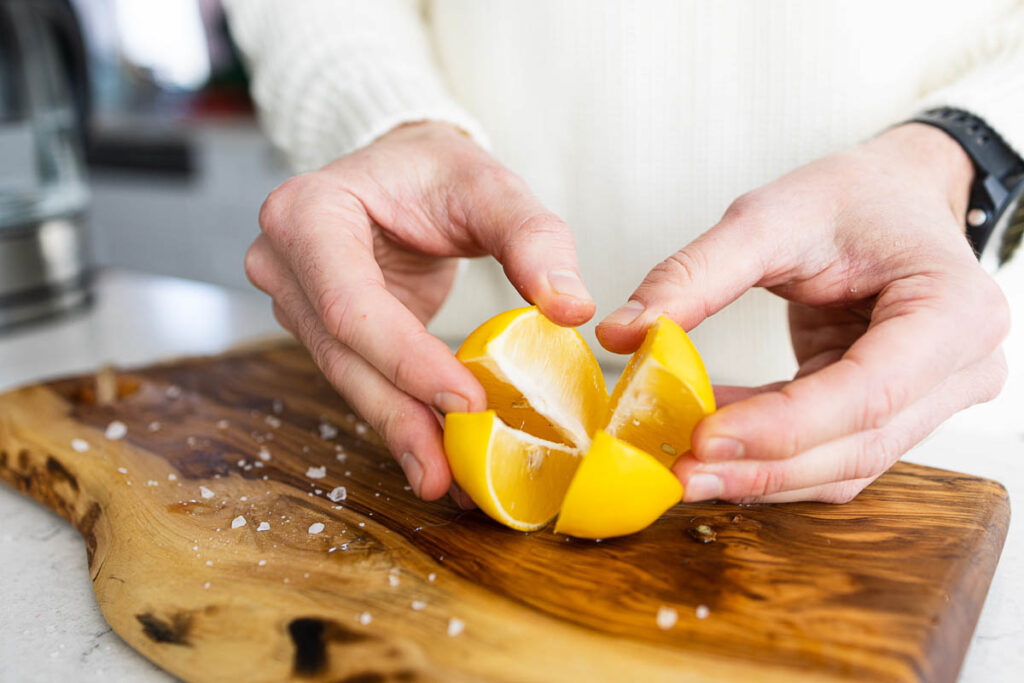
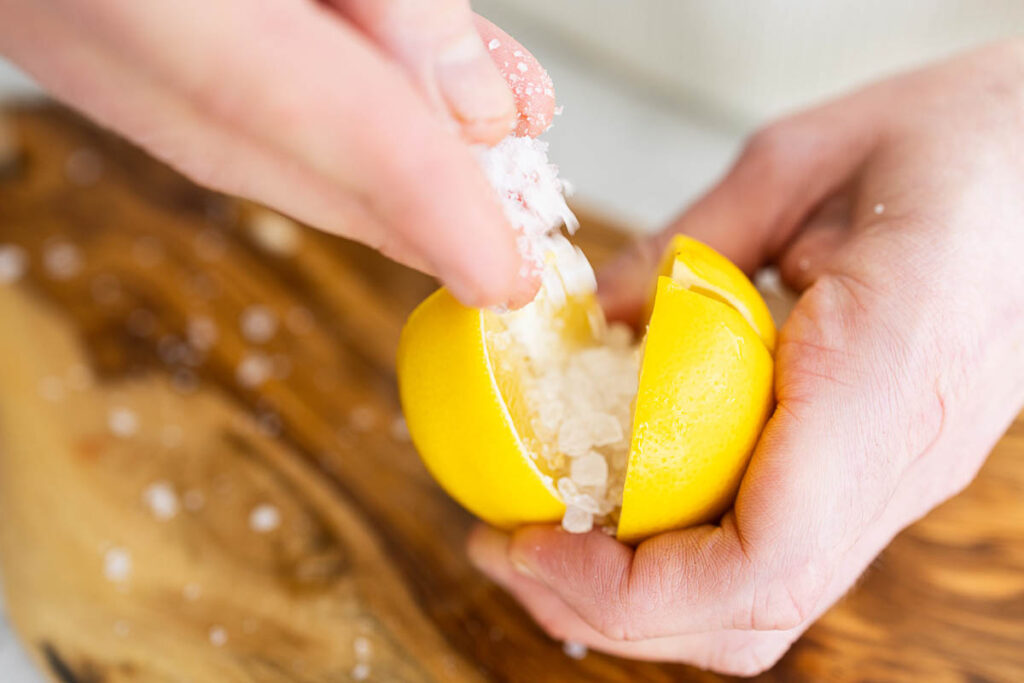
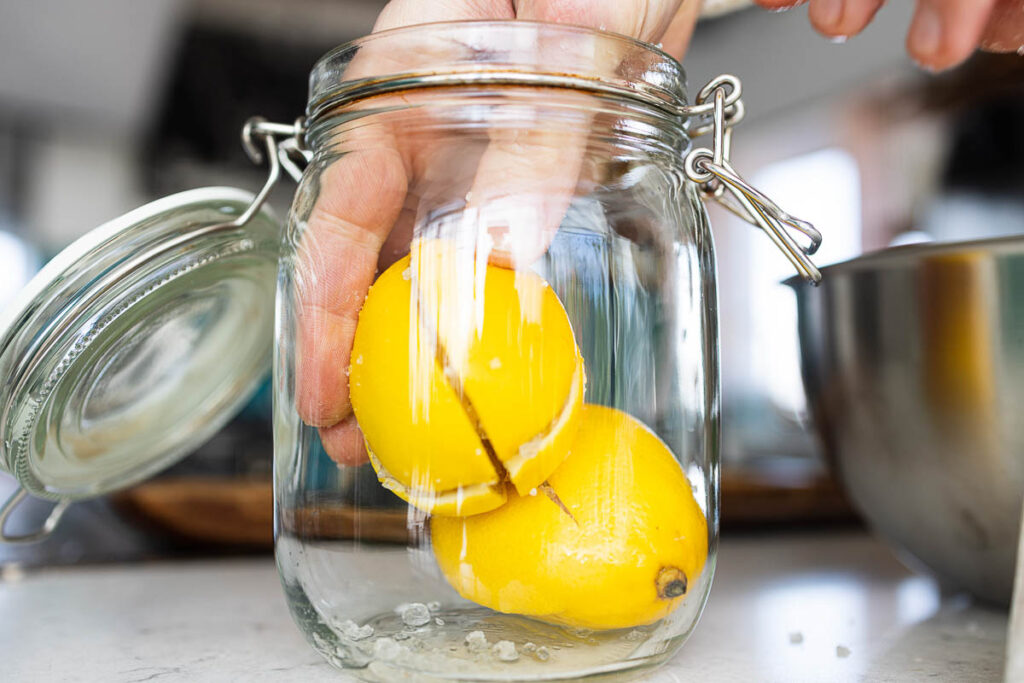
With this method, I leave the lemons for 48 hours with salt only. The salt will extract a lot of the liquid from the lemons.
If, after 48 hours, the liquid isn’t enough to fully cover the lemons, top up with extra lemon juice.
After that, I leave them out in a bright place for another 12 days, for a total of 14 days. I turn them about once a day.
Finally, I leave them in the fridge for two weeks before starting to use it. This helps develop the flavours further.
Making preserved lemons with this method takes a total of 4 weeks, though you can start using them after 2 weeks if you really must.
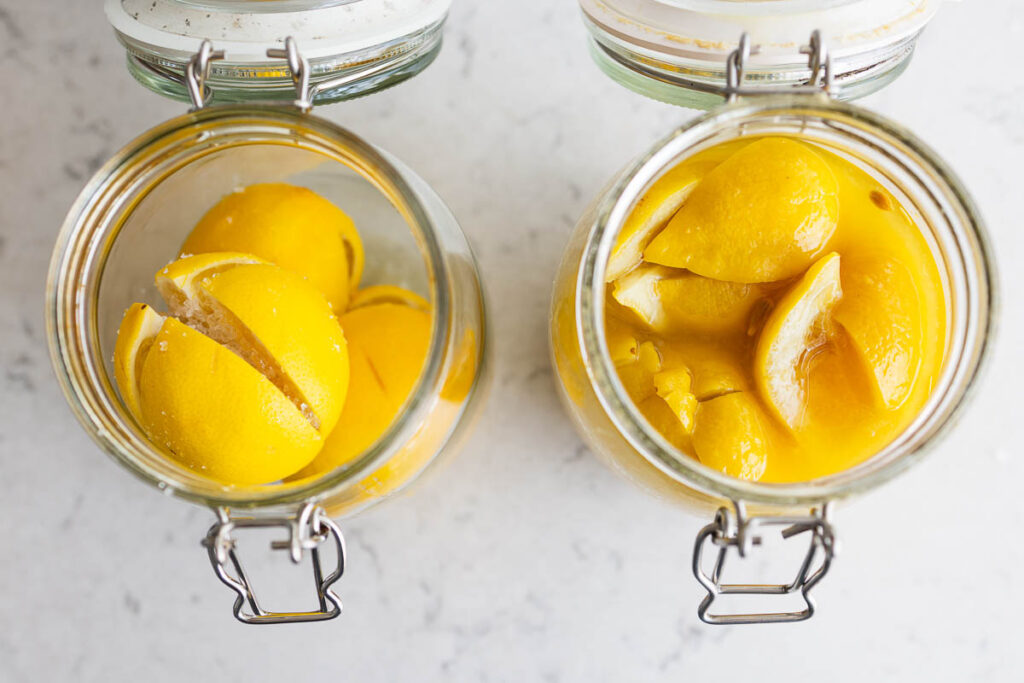
How long do they keep?
Preserved lemons keep well in the fridge for at least 6 months. Just make sure to use clean cutlery every time you take a piece out of the jar. Also make sure to close and seal the jar properly after each use.
My last batch lasted well over a year in the fridge, and was still really good when I used the last piece.
But as with any food: Use your senses before every use. If it smells or tastes off, it’s probably best not to use it. I do this every time, whether the preserved lemons are freshly done or have been sitting in my fridge for a year.
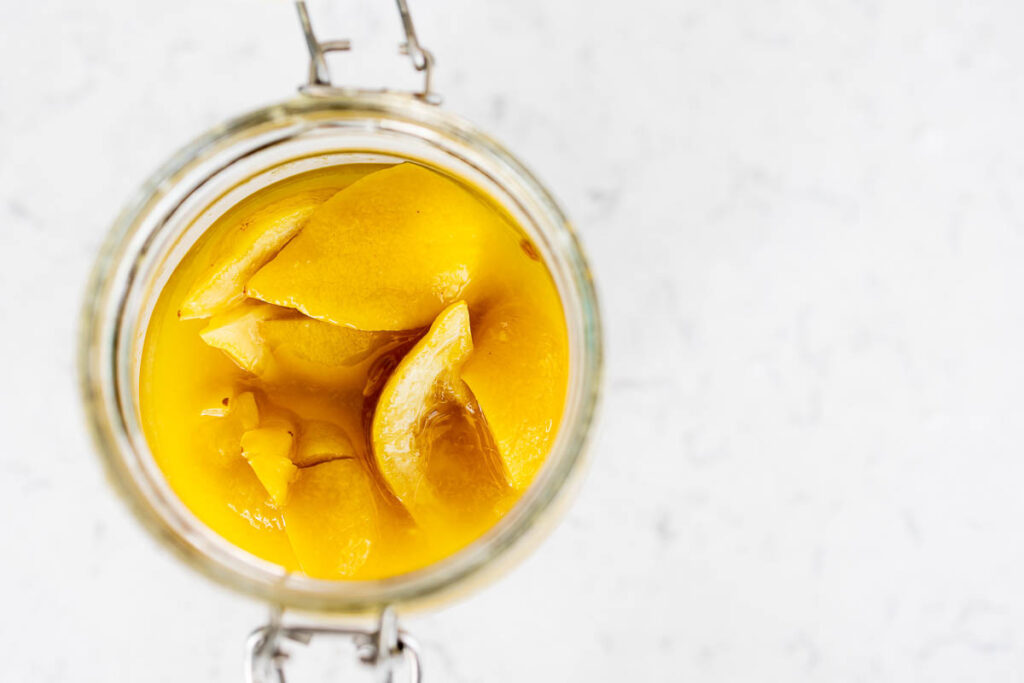
Preserved lemon substitute: Quick salted lemons
If you can’t wait four weeks for your preserved lemons to be ready, you can substitute quick salted lemons. You make them by boiling lemon zest (yellow bits only) in the lemon’s own juice and salt for about 10 minutes.
I learned this method from cookbook author Anna Jones. If you don’t already, subscribe to her newsletter and get one of her brilliant books!
This method yields a very good result which is both intensely lemony and salty, but it won’t have the depth of flavour of preserved lemons. The taste of quick salted lemons is also sharper than preserved lemons.
As such, it’s a better substitute than fresh lemon zest and juice, but it’s still worth making (or purchasing) preserved lemons.
How to use preserved lemons
Preserved lemons are commonly used in stews, sauces and salad dressings, but can be used anywhere you want an intensely lemony and salty flavour. I like using them in pasta, risotto and even in small chunks in grain or legume salads.
Most commonly, only the peel (zest and pith) is used. This has the most delicate flavour. You can finely chop it or mash it to a paste.
The flesh is usually too salty to use, but can be used to flavour sauces or stews. Just be careful with the amounts. You may not need any other salt!
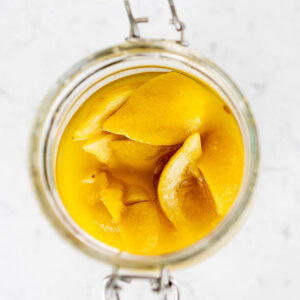
Homemade preserved lemons
Ingredients
- 8–10 lemons, wax free (I use organic ones)
- extra lemon juice, may or may not be necessary
- coarse salt
How I make it
- Cut the lemons lengthwise through the middle until nearly halved, but leaving 2 cm (1 in) or so by the stalk to make sure the lemon holds together. Make another incision at a 90° angle, so you have a cross cut (see pictures above if this is confusing).
- Add plenty of coarse salt into the opening of the lemons, at least a couple of teaspoons per lemon. Pack them tightly in a sterilised jar.
- Close and seal the jar and place in a window, preferably one that gets a bit of sunlight, for 2 days. By this point, the lemons should have released enough juices to cover everything. If they haven’t, add more lemon juice until all the lemons are completely covered, then close and reseal the jar.
- Leave the jar in the window for a total of 14 days, turning the jar occasionally (every day or two is fine).
- After 14 days, transfer the jar to the fridge. You can use them already, but will be even better if you leave them for another 14 days before opening the jar.


